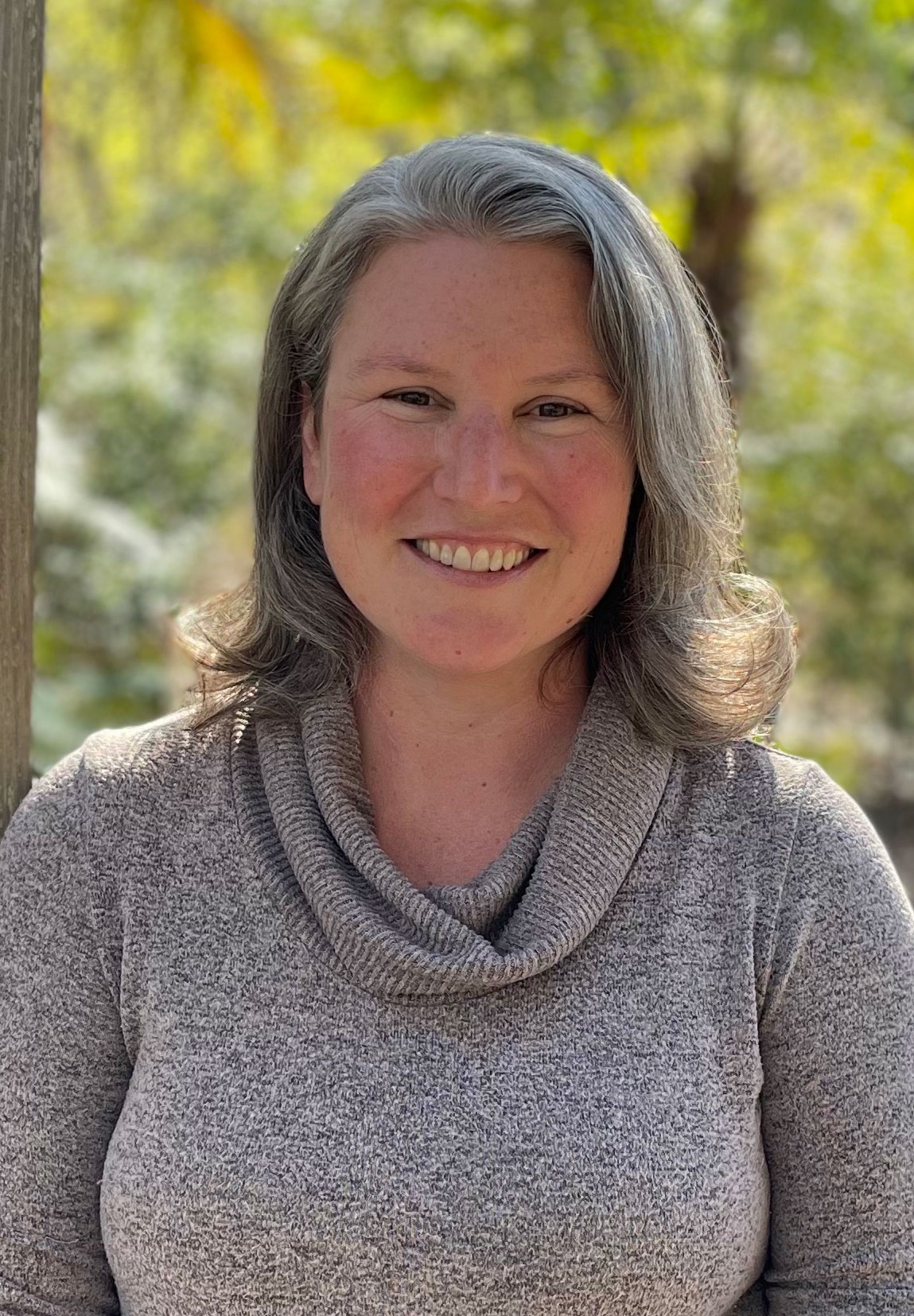When Duke’s first Climate Action Plan came out in 2009 it made an ominous prediction. If left unchecked, the report said, the university’s emissions were on track to grow by nearly 30 percent by 2050.
In other words, keeping “business as usual” could mean releasing an additional 93,500 metric tons of carbon dioxide each year, the amount spewed by more than 20,000 cars.
One person who has worked tirelessly behind the scenes to reverse that trend is Tavey Capps, who oversees the now 7-person Office of Sustainable Duke and co-leads the Duke Climate Commitment.
Capps knew becoming greener would require the efforts of the entire campus community.
“Duke is a huge place,” Capps said.
Each day, 700 buses, trucks and other Duke-owned vehicles motor around campus. Tens of thousands of employees commute to and from work. Heating, cooling and electricity flow to 20 million square feet of buildings, and 20,000 meals are served.
“It’s a city unto itself,” Capps said.
For the past 18 years, Capps has led Duke in cutting emissions by 38 percent, despite having a campus that grew by roughly 3 million square feet.
Early on, she worked with operations staff across Duke to make the campus more sustainable, for example by discontinuing the use of coal in steam plants, adopting green building standards, and replacing older buses with more efficient ones.
But over the years she’s helped Duke rethink other areas too, embedding sustainability principles into every aspect of how students live and learn.
“It’s one thing to sit in your policy class and talk about food systems,” Capps said. “It’s really different to be on the Duke Campus Farm, your hands in the dirt, sweating, weeding a row of squash and talking about what it takes to get that food to your plate.”



